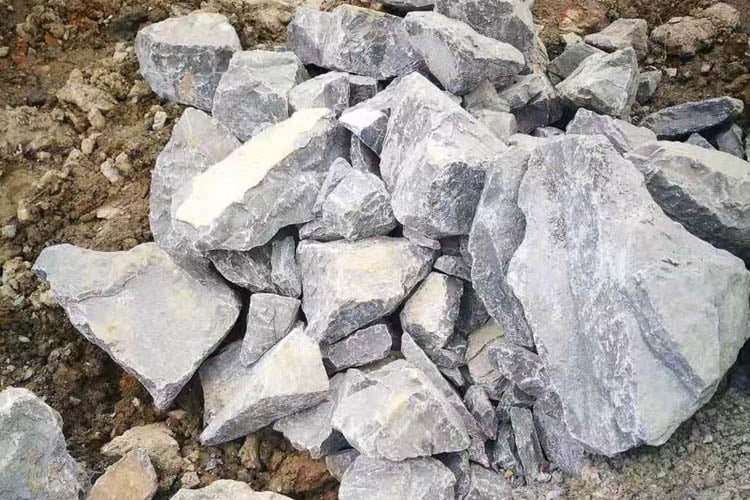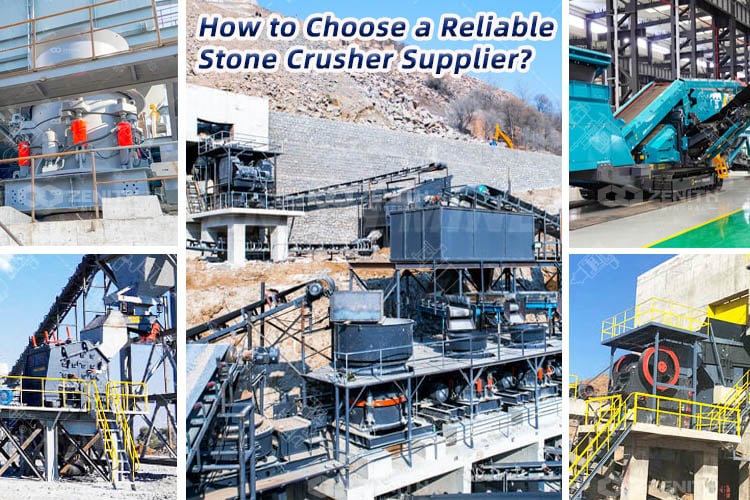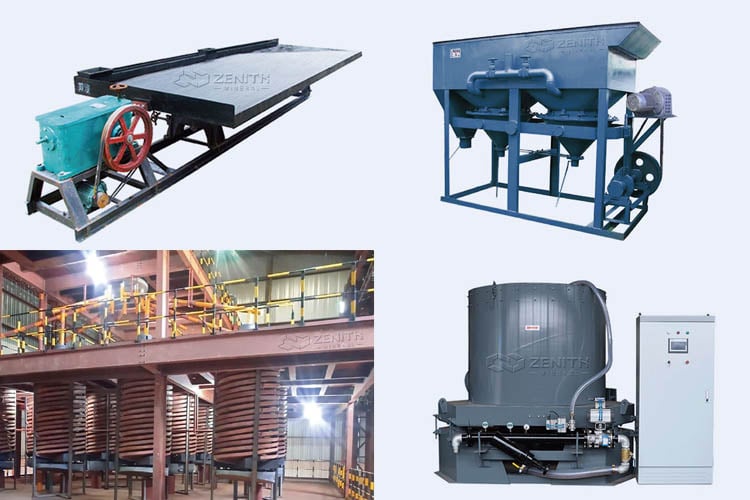Limestone is one of the most abundant and versatile sedimentary rocks on Earth. Its widespread presence and multifaceted uses make it a cornerstone material in various industries, from construction and agriculture to environmental management and even art. Despite its commonality, there remain many fascinating aspects of limestone that surprise even professionals working with the material. This article explores five lesser-known facts about limestone that highlight its unique properties, formation processes, and practical applications.

Limestone is a sedimentary rock primarily composed of calcium carbonate (CaCO₃), typically derived from the skeletal fragments of marine organisms such as corals, foraminifera, and mollusks. It is one of the most abundant natural resources on the planet, found in massive formations on every continent. Known for its pale, often creamy appearance, limestone can range in color from white to gray, beige, or even darker hues, depending on its impurities.
What distinguishes limestone from other rocks is its makeup and properties. Calcium carbonate, which forms the base of limestone, makes the material highly reactive with acids. It's this property that allows it to dissolve over time through exposure to carbonic acid in water, facilitating the formation of unique geological features such as caves and karst landscapes.
Limestone’s versatility is unmatched, as it has been used in everything from construction and agriculture to industrial processes. Its abundance and ease of extraction make it one of the most economically valuable rocks in the world.
Limestone is classified as a sedimentary rock, which forms from the accumulation and solidification of mineral or organic particles over long geological timescales. More specifically, limestone falls into two primary subcategories based on its origin: biogenic limestone and chemical limestone.
The majority of limestone is biogenic, meaning it is created from organic materials. It forms as the remains of marine organisms settle on the ocean floor, compact over millions of years, and fossilize. This composition makes limestone unique because it often contains visible fossils of ancient corals, shells, and other marine life trapped within the stone. Fossiliferous limestone is highly prized for its aesthetic and scientific value and is often studied in paleontology and geology.
Limestone can also form chemically when calcium carbonate precipitates directly out of water. This typically occurs in environments such as caves, lakes, or hot springs where water is super-saturated with calcium and carbonate ions. Examples of chemical limestone include travertine, commonly seen in cave formations, and oolitic limestone, formed from tiny spherical grains.
These physical and chemical properties make limestone a foundational sedimentary rock important in both industrial applications and geological processes.
The formation of limestone is a slow, intricate process that spans millions of years. Its creation can occur in varying environments, but most limestone originates in marine settings.
Limestone predominantly forms in warm, shallow marine environments, where calcium carbonate is readily available. Here, the skeletal remains of marine organisms provide the necessary accumulation of calcium carbonate. As these organisms die, their shells and skeletal fragments settle to the bottom of the ocean, creating layers of organic material that eventually harden into rock. Over time, sedimentation and pressure compact these deposits, while mineral-rich water cements the particles together.
In addition to skeletal remains, certain types of algae can contribute to limestone formation. Algae, like calcareous algae, actively encourage calcium carbonate precipitation, helping to build reefs and associated limestone deposits.
Chemical limestone is formed when supersaturated water precipitates calcium carbonate directly. This often occurs in freshwater environments:
Some limestone forms near volcanic activity, where the movement of calcium- and carbonate-rich water through geologic cracks facilitates precipitation.
Tectonic movements play a significant role in limestone formation by uplifting limestone-rich marine deposits, exposing them to weathering and erosion. These processes also allow limestone to become metamorphosed into marble, another extremely valuable material.
Limestone’s chemical composition and physical properties make it an incredibly versatile material with widespread applications across many industries. Here are the major uses of limestone:
Limestone is a staple material in construction due to its abundance, durability, and ease of cutting and shaping. It has been used since ancient times to build some of the world’s most iconic structures:
Limestone serves as the primary raw material for manufacturing Portland cement, a critical ingredient in concrete. Limestone is heated and mixed with clay to create clinker, which is then ground to produce cement. Cement is the foundation of the global construction industry.
Limestone plays a pivotal role in agriculture. Ground limestone, often referred to as "aglime," is used to neutralize acidic soils, improving crop yields and plant health. The calcium content in limestone also replenishes essential minerals in depleted farmland.
Limestone is used in various industrial processes, including:
Limestone is vital in water treatment plants, where it helps neutralize acidity and remove impurities. It is also used to combat acid mine drainage, wherein limestone neutralizes the effects of sulfuric acid produced by mining operations.
Limestone formations help geologists and archaeologists decipher Earth’s history. Because it preserves fossils exceptionally well, limestone offers windows into ancient marine ecosystems, climate conditions, and evolutionary processes.
Famous sites such as the White Cliffs of Dover in the UK or the karst landscapes of Southeast Asia owe their origins to limestone deposits. These sites showcase spectacular geological features—caves, sinkholes, and limestone pavement—that record environmental changes over millions of years.
In archaeology, limestone has been a crucial building material for civilizations due to its abundance and workability. Iconic monuments like the Great Pyramids of Egypt and many Roman structures were built using limestone blocks. Studying the sourcing and usage of limestone in ancient architecture helps trace trade networks, technological advances, and cultural development.
To make limestone suitable for these uses, it must go through a series of processing steps that convert raw rock into valuable products.
Limestone processing involves several key steps to turn raw rock into useful products:
Limestone is usually extracted from open quarries. Large machines remove the soil and rock layers on top, then break and transport the limestone blocks for processing.
The large limestone rocks are crushed into smaller pieces by crushers. After crushing, the material is sorted by size using screening machines to separate finer from coarser particles.
For certain uses like cement or soil treatment, the limestone is ground into a fine powder using mills. The fine powder allows for better chemical reactions in these applications.
In many cases, limestone is heated at high temperatures in kilns to produce quicklime (calcium oxide). Quicklime is a key ingredient in construction, steel making, and water treatment.
Processed limestone serves many purposes:
Limestone is much more than just a common building material—it is a versatile and vital resource with a wide range of applications in industries from construction to environmental management. As both a recordkeeper of Earth's history and an active contributor to modern industry and environmental solutions, this remarkable rock continues to prove its enduring value across centuries of human progress and scientific advancement.

Choose a reliable stone crusher supplier with this professional guide. Learn key steps: assess needs, check reputation, product quality, after-sales support, and cost-efficiency for optimal operations

In this article, we will provide a detailed guide on how to set up a small-scale gold processing plant, from the initial stages of research and planning to the installation and operations of the plant.

A comprehensive guide on selecting the right gold gravity concentrator for your mining operation. Learn about different concentrator types, key selection criteria, and optimization strategies to maximize gold recovery rates.
Fill your requirements here, and we'll send the custmized solution and quotation to you by the reserved contact information.